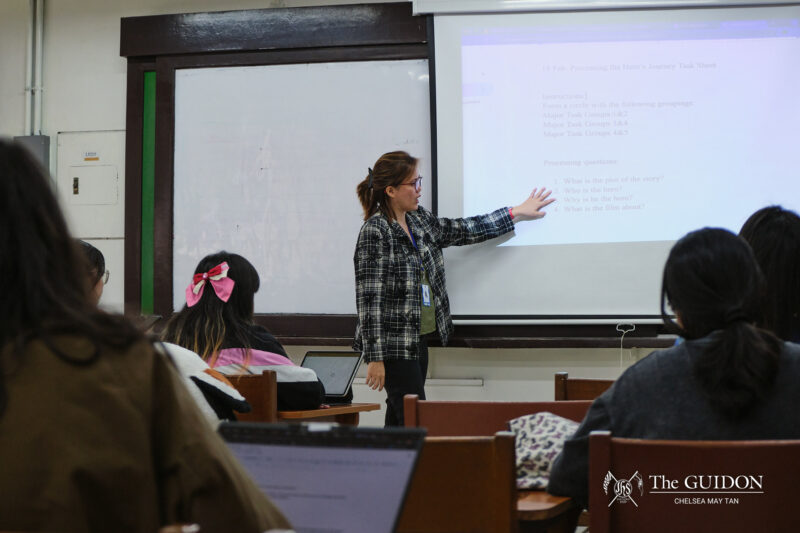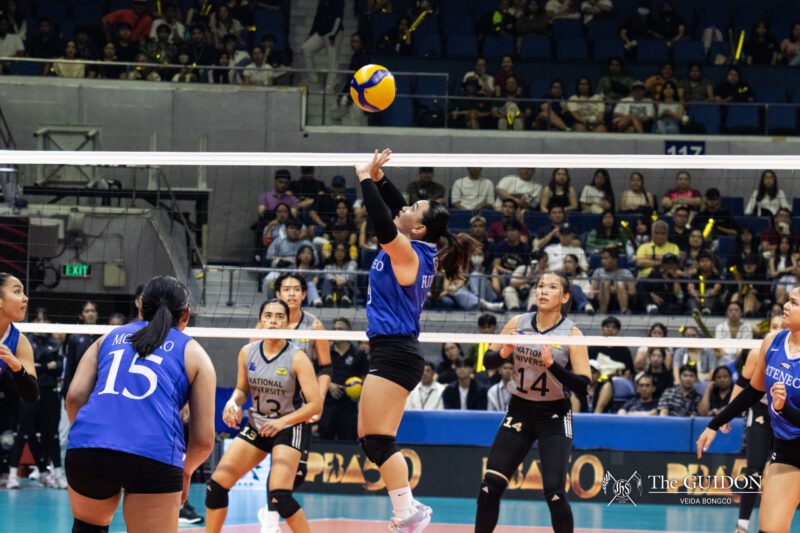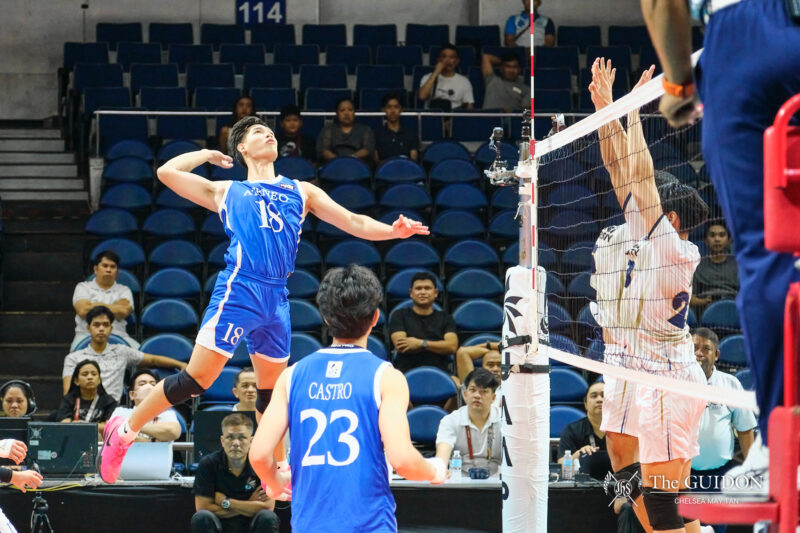“I think we have adequate systems in place. We have the proper information channels to disseminate information, and I guess we have people who are also organized in groups to properly respond to situations… Our experience with Ondoy and the past other calamities have also made us more vigilant to respond to these situations.”
Rene Raymond Rañeses Jr., Political Science Department Instructor
“I think it’s in the middle. I think it’s prepared because it has the infrastructures—parang kaya nila yung lakas ng ulan, lakas ng hangin. Matitibay ang structures ng Ateneo.”
Jesse Lui, I BS ME
“We’re fine naman, because we go through all these drills, and the admin is very conscious of [potential emergencies]… On the whole, since we’re very aware of our [area] being on an earthquake zone, we’re always going through all these drills. And then you can see naman it’s not like in the old days where we would just prepare to evacuate, ‘di ba? Now we have good emergency procedures, like we have an ambulance, and we’re coordinating with local government… so we’re pretty much prepared.”
Agustin Rodriguez, Philosophy Department Chairperson
“As of right now, I feel that the Ateneo infrastructure itself is relatively safe from disaster due to the low-rise structures, which makes people relatively safe from fires and earthquakes. However, as a freshman, I have not yet been briefed on the emergency SOPs here in Ateneo… In terms of infrastructure, I suggest that checks and repairs be done in different areas in school, specifically the drainage in the Red Brick Road along MVP, as the path is prone to flooding. I also suggest that more roofs be placed in Ateneo, as during the rains, it becomes almost impossible for students without umbrellas to cross.”
Carlo Pascual, I AB/MA PoS






